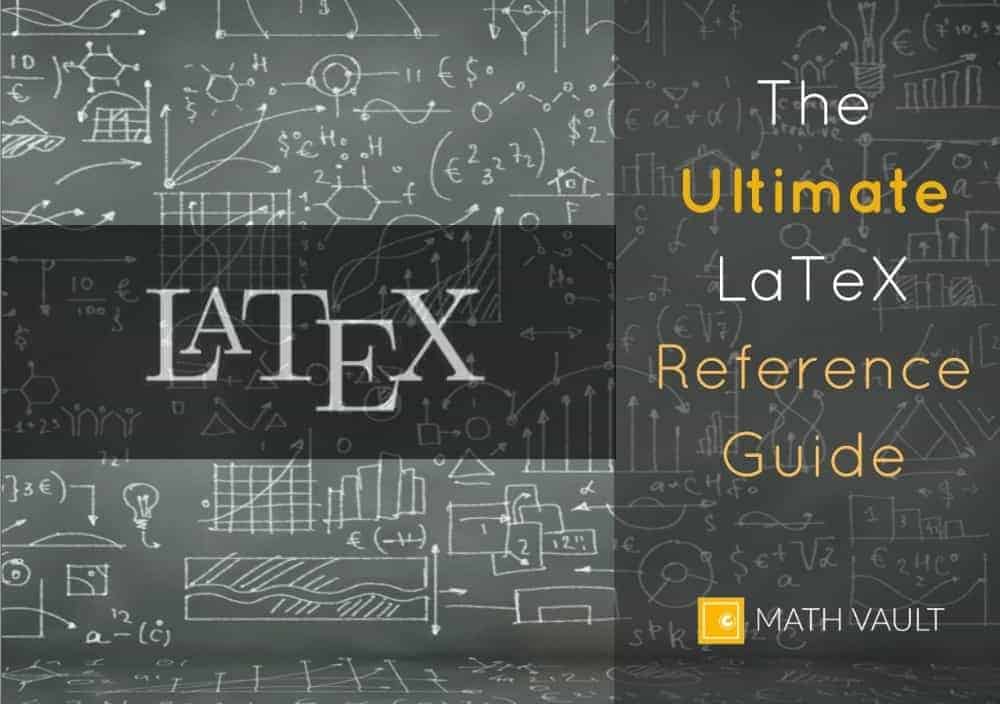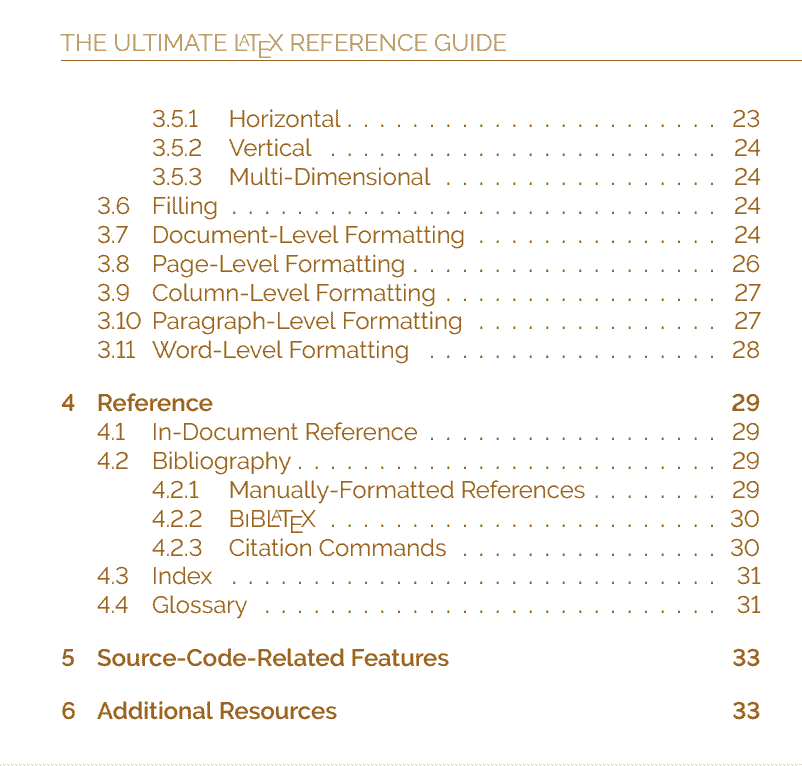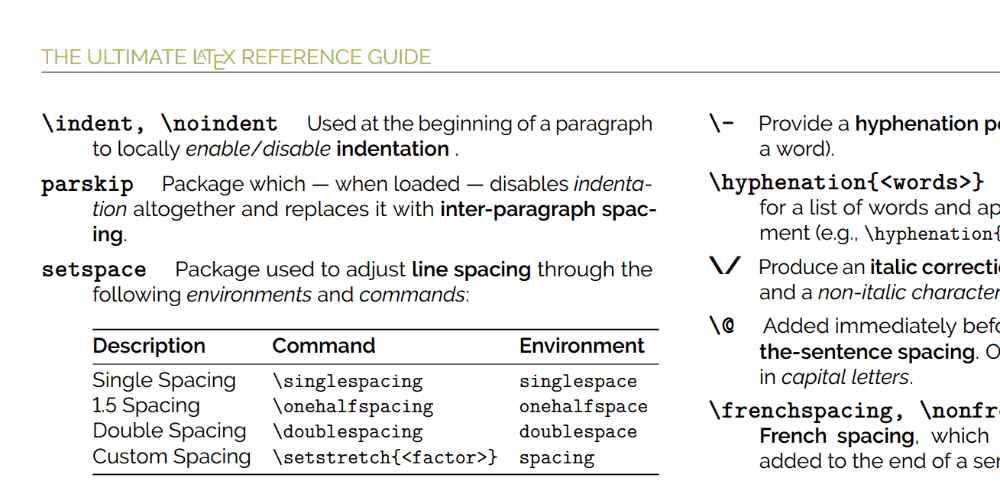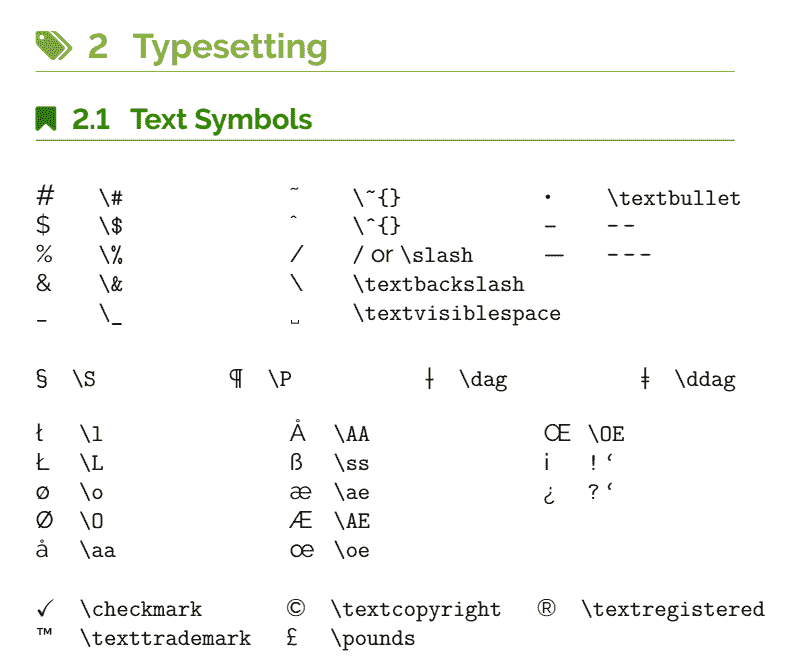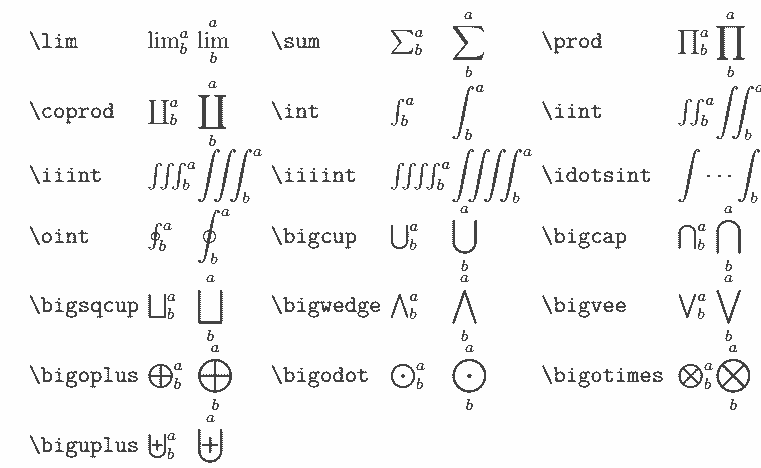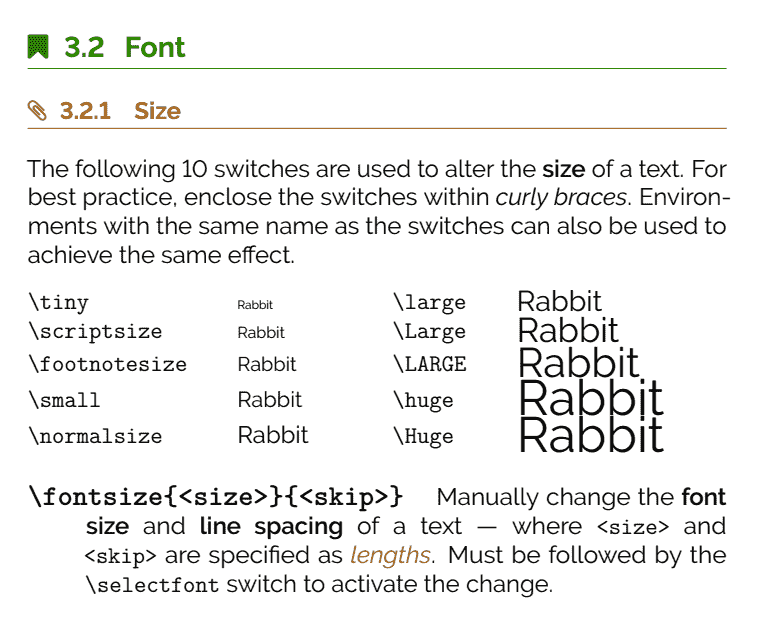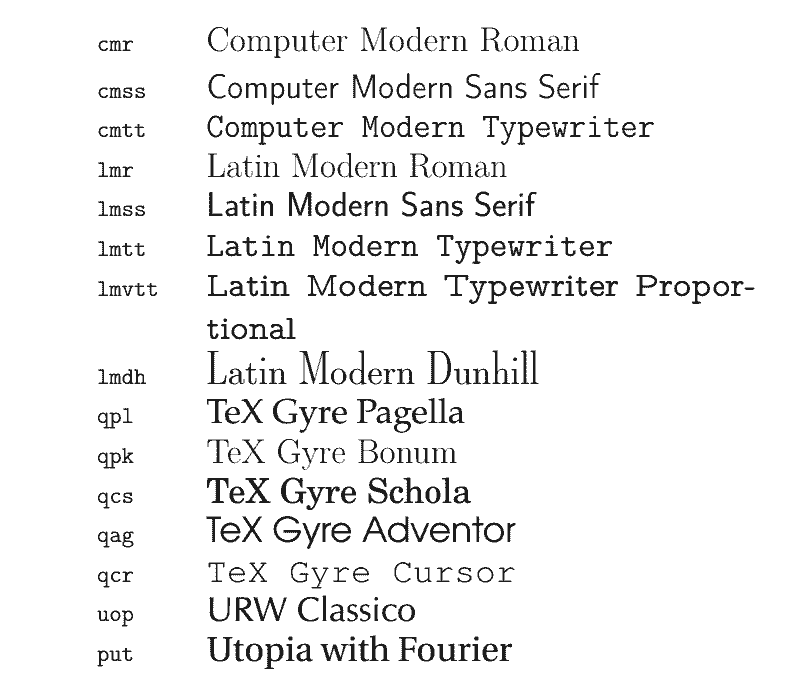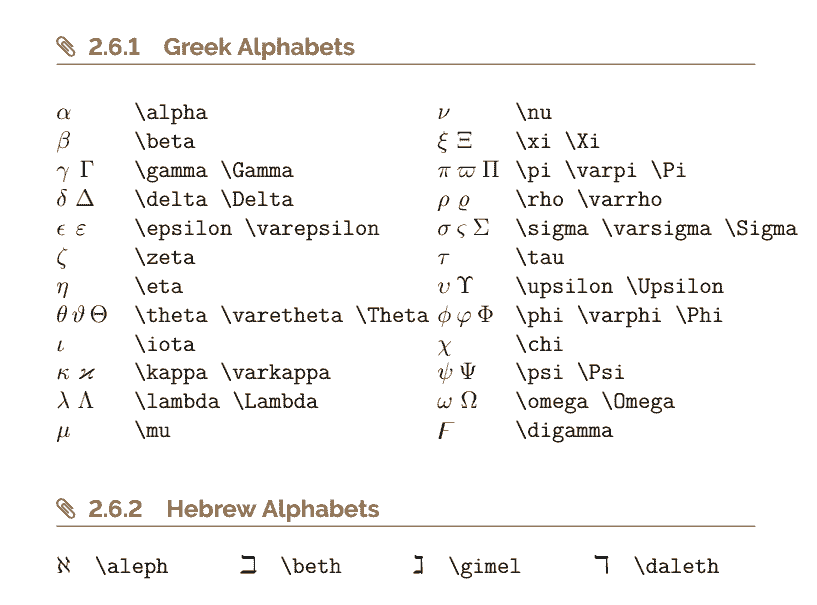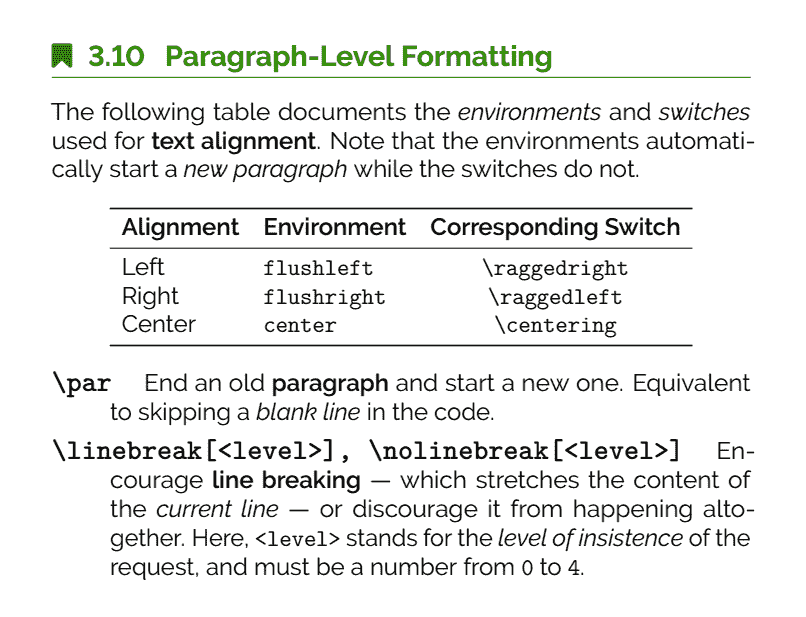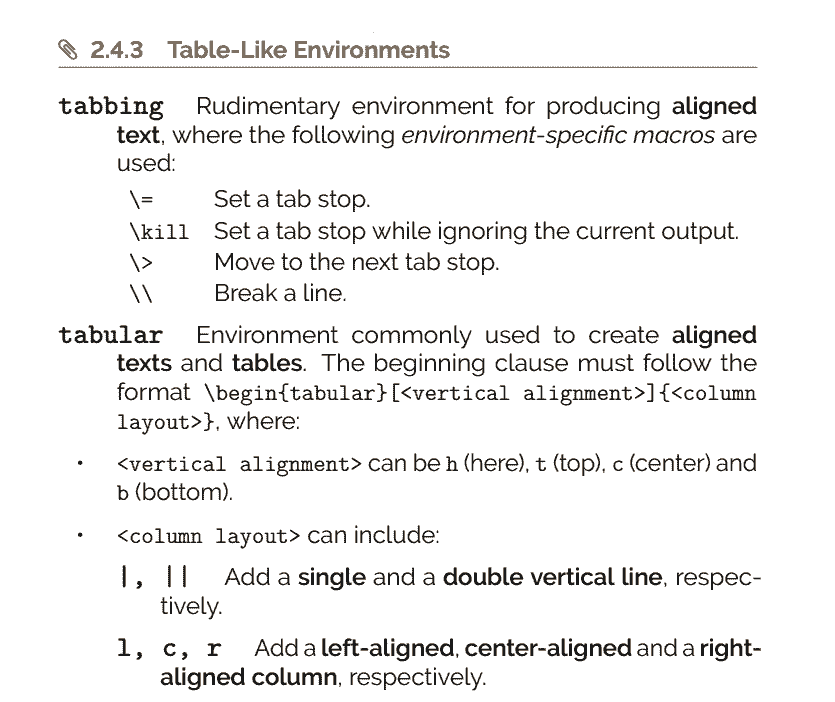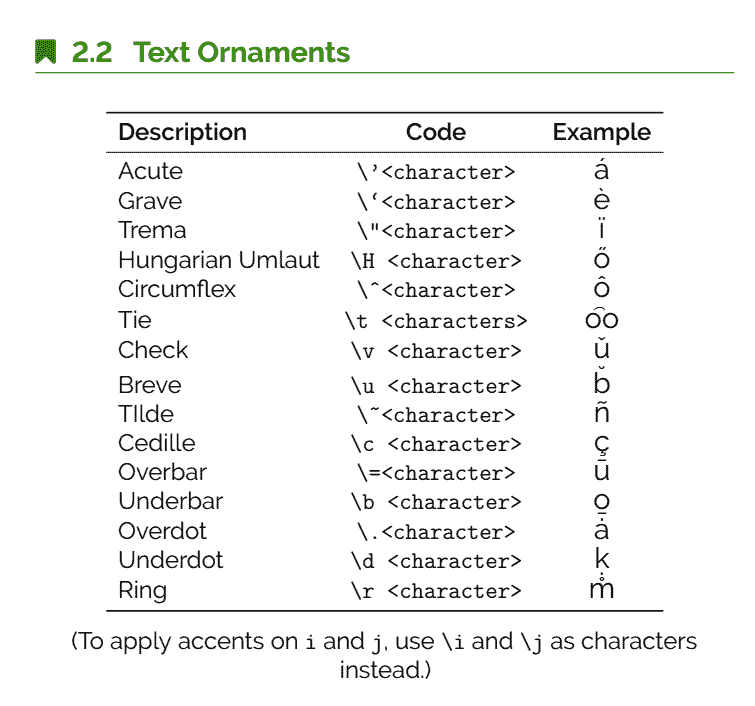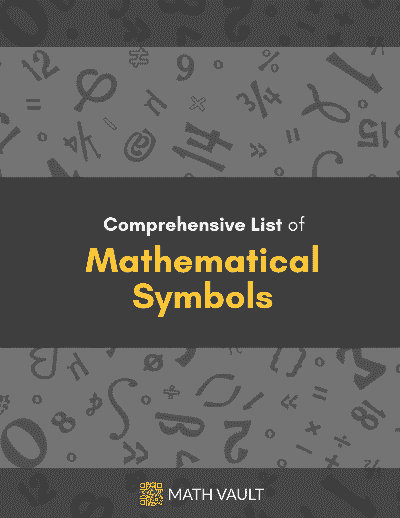If you’re a user of LaTeX, you know how powerful LaTeX is, but it can be painful sometimes, because looking up and implementing features X, Y, Z can take an ungodly amount of time.
But then, that’s why we created The Ultimate LaTeX Reference Guide! In 37 jam-packed pages, it features 500+ of the commands, environments, options and packages most LaTeX users would ever need. This way, you can accelerate your LaTeXing process and start cutting down your document preparation time exponentially.
Highlights
- 500+ of LaTeX commands, environments, options and packages to meet most of your implementation needs
- Concise-yet-complete description for each entry in bullet-point form
- Cover anything from document structuring, typesetting, formatting to cross-referencing, source-code-related features and additional resources
- Excellent for shortening your LaTeX learning/implementation curve
- Printable PDF in landscape letter paper size (11 in. x 8.5 in.)
Table of Contents
1) Document Structure
1.1) Document Class
1.2) Preamble
1.3) Metadata
1.4) Title Portion
1.5) Front Matter
1.6) Sectioning Commands
1.6.1) Sectional Structures
1.6.2) Sectional Units
2) Typesetting
2.1) Text Symbols
2.2) Text Ornaments
2.3) Preformatted Text
2.4) Modular features
2.4.1) Common Modules
2.4.2) List Environments
2.4.3) Table-Like Environments
2.4.4) Colored Modules
2.5) Float Environments
2.5.1) Introduction
2.5.2) Common Float Environments
2.6) Math Symbols
2.6.1) Greek Alphabets
2.6.2) Hebrew Alphabets
2.6.3) Standalone Symbols
2.6.4) Unary Symbols
2.6.5) Binary Symbols
2.6.6) Logical Symbols
2.6.7) Arrows
2.6.8) Fraction-Related Commands
2.6.9) Large Math Operators
2.6.10) Dots
2.6.11) Modality-Related Commands
2.7) Math Ornaments
2.7.1) Accent-Related Commands
2.7.2) Placement-Related Commands
2.7.3) Arrow/Box-Related Commands
2.8) Delimiters
2.9) Math Environments
2.9.1) Simple Equation Environments
2.9.2) Aligned Equation Environments
2.9.3) Other Equation-Related Environments
2.9.4) Array-Related Environments
2.9.5) Theorem-Like Environments
3) Formatting
3.1) Color
3.1.1) Color Types
3.1.2) Color-Related Commands
3.2) Font
3.2.1) Size
3.2.2) Common Styles
3.2.3) Math-Only Styles
3.2.4) Families
3.3) Length
3.3.1) Units and Types
3.3.2) Length-Related Commands
3.3.3) Common Length Macros
3.4) Counter
3.4.1) Counter-Related Commands
3.4.2) Common Counters
3.5) Spacing
3.5.1) Horizontal
3.5.2) Vertical
3.5.3) Multi-Dimensional
3.6) Filling
3.7) Document-Level Formatting
3.8) Page-Level Formatting
3.9) Column-Level Formatting
3.10) Paragraph-Level Formatting
3.11) Word-Level Formatting
4) Reference
4.1) In-Document Reference
4.2) Bibliography
4.2.1) Manually-Formatted References
4.2.2) BiBLaTeX
4.2.3) Citation Commands
4.3) Index
4.4) Glossary
5) Source-Code-Related Features
6) Additional Resources

